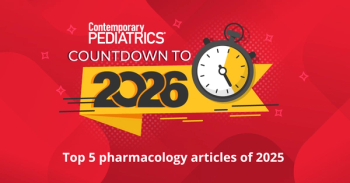
Up to One in Four Patients Share Medication
Sharing of medications is a widespread phenomenon that is putting patients at risk for a diverse range of consequences, according to a report published in the June issue of the American Journal of Public Health.
THURSDAY, May 1 (HealthDay News) -- Sharing of medications is a widespread phenomenon that is putting patients at risk for a diverse range of consequences, according to a report published in the June issue of the American Journal of Public Health.
Richard C. Goldsworthy, Ph.D., of The Academic Edge Inc. in Bloomington, Ind., and colleagues conducted one-to-one interviews with 700 people to find out whether they had loaned or borrowed any medications, and under what circumstances they would consider doing so.
In all, 22.9 percent of participants reported having loaned other people their medications, and 26.9 percent had borrowed drugs from someone else, the researchers report. Pain medications, antibiotics and mood-altering medications had been shared by 21.9 percent, 20.6 percent and 7 percent of the participants, respectively. When presented with hypothetical situations, the number of respondents who said they would lend or borrow medications was even higher, the report indicates.
"Prescription medication sharing can lead to adverse outcomes at the societal level through such consequences as ineffective use of the health system and increased antibiotic resistance, and at the personal level through such effects as decreased treatment efficacy and increased risk for side effects and drug interactions," the authors write. "A large number of individuals are at risk for loss of warnings and instructions, reduced likelihood of appropriate use and compliance, and numerous related consequences."
Copyright © 2008
Newsletter
Access practical, evidence-based guidance to support better care for our youngest patients. Join our email list for the latest clinical updates.








